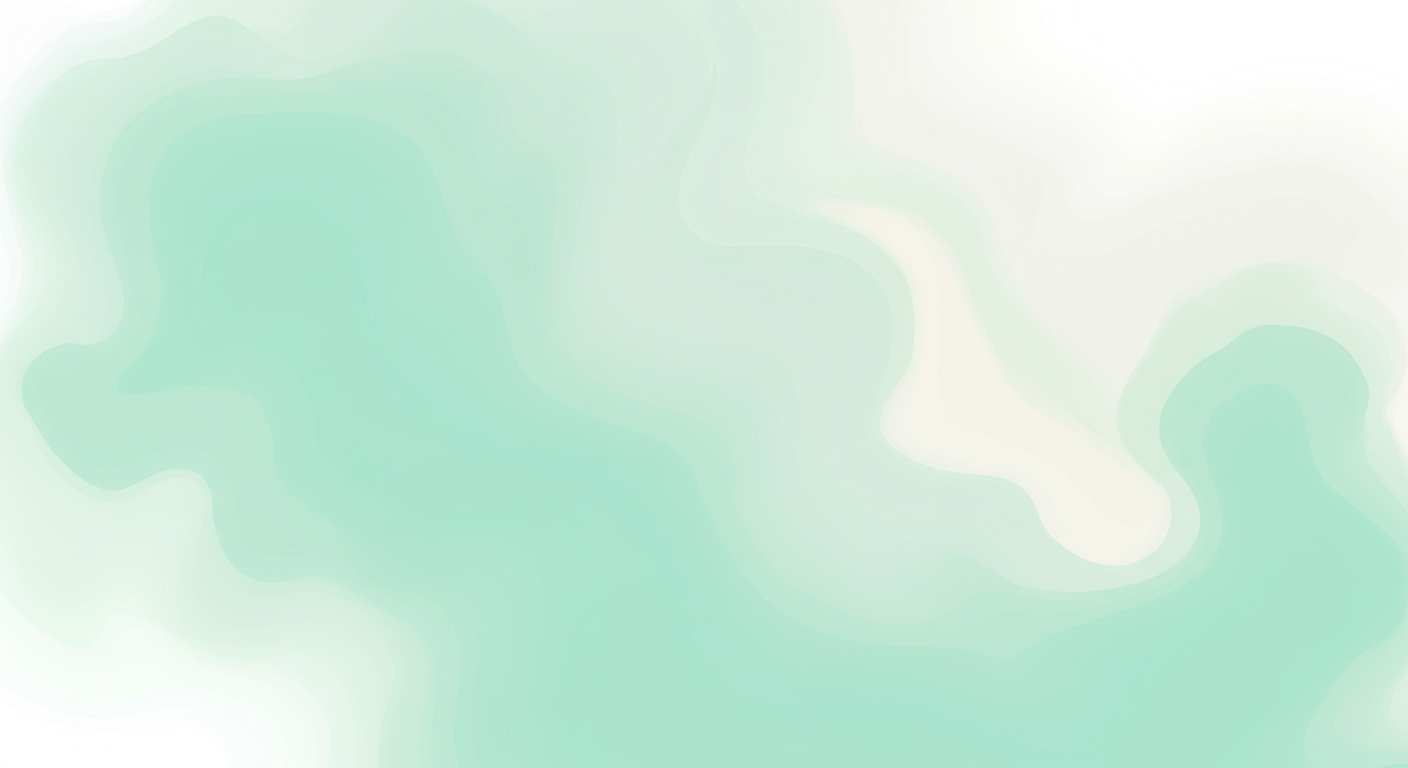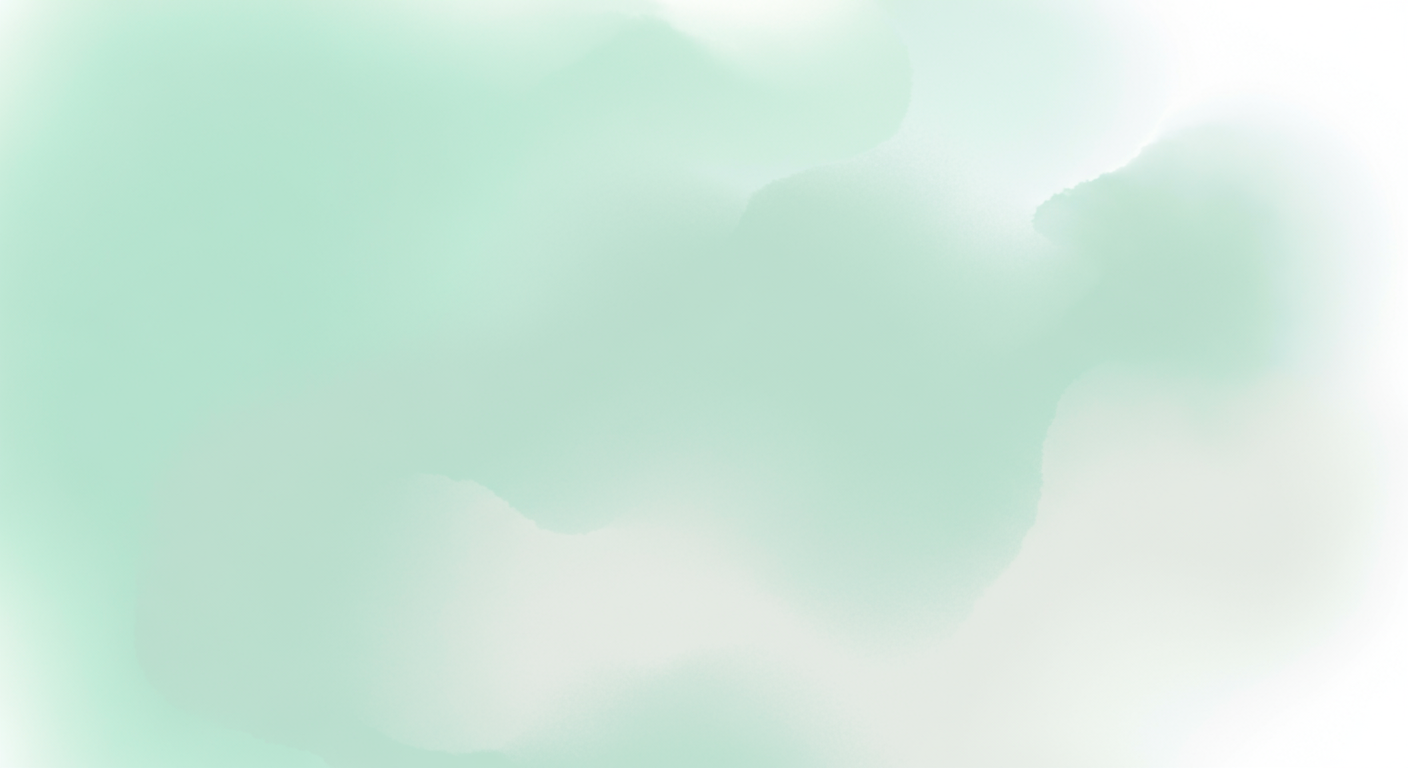
IN-PERSON IN BRENTWOOD, TENNESSEE | ONLINE THERAPY IN 40+ STATES
OCD (Obsessive Compulsive Disorder) Therapy for Children, Teens, & Adults
Breaking free from intrusive thoughts and compulsive behaviors.

Find peace of mind beyond obsessive compulsive cycles.
OCD can feel like being trapped in a cycle of unwanted thoughts and behaviors that you know are irrational but can't seem to stop.
These patterns can consume your time, drain your energy, and significantly impact your quality of life.
What many people don't realize is that OCD often disguises itself, making you believe these rituals and thoughts are necessary for safety or preventing harm.
Some common OCD-related concerns I address:
Constantly checking things (locks, appliances, emails)
Repeating rituals to prevent feared outcomes
Avoiding situations that might trigger intrusive thoughts
Experiencing unwanted, disturbing thoughts or images that won't leave
Feeling stuck in repetitive thought patterns
Seeking excessive reassurance from others
Feeling intense anxiety when things aren't "just right"
Spending more and more time on rituals that interfere with daily activities

Treating OCD can help you reclaim the hours lost to rituals.
Experience freedom from intrusive thoughts.

How counseling can help with your OCD.
Provide specialized Exposure and Response Prevention (ERP) therapy (the gold-standard treatment for OCD)
Identify obsessions and compulsions that may be disguised
Create a personalized plan that addresses your unique self
Teach mindfulness skills to relate differently to intrusive thoughts
Support you in gradually reducing compulsive behaviors
Some common subtypes of OCD and OCD-related symptoms I work with:
Trichotillomania: Compulsive hair-pulling causing distress and noticeable hair loss.
Excoriation: Repetitive skin-picking resulting in tissue damage and emotional distress.
Contamination OCD: Fear of germs, disease, chemicals, or other perceived contaminants
Checking OCD: Repeated checking of locks, appliances, emails, or other items to prevent harm
Harm OCD: Intrusive thoughts about harming oneself or others, despite having no desire to do so
Relationship OCD (ROCD): Persistent doubts about one's relationship or partner
Pure O: Primarily obsessional OCD with mental compulsions rather than observable behaviors
Just Right OCD: Need for things to feel "just right" or "complete"
Symmetry and Ordering OCD: Need for things to be arranged in a certain way or according to specific rules
Two convenient options for therapy:
In-Person Therapy
If you’re local and prefer that in-person connection, we can conduct sessions in my Brentwood, TN office.
Online Therapy
I can provide online therapy to anyone living in the 40+ states and territories that are a part of PSYPACT.
Freedom is possible, even when it feels impossible.
You may be exhausted from fighting intrusive thoughts, feeling trapped in rituals, and wondering if you'll ever break free.
I want you to know that I've worked with many people who initially believed their OCD was too severe or entrenched to overcome.
Through dedicated work with evidence-based techniques like ERP, they've discovered they can respond differently to intrusive thoughts and gradually reduce rituals that once consumed their lives.
The brain's remarkable plasticity means change is always possible, and I'm committed to guiding you through each step of this transformation.

Some common questions about OCD therapy:
-
OCD develops from a combination of factors. Research suggests that genetics play a significant role, as OCD often runs in families. Brain chemistry and structure, particularly involving the neurotransmitter serotonin and regions that regulate behavior and emotional responses, also contribute.
Environmental factors such as stressful life events, trauma, or certain infections may trigger OCD in genetically predisposed individuals. While we can't pinpoint a single cause, understanding these contributing factors helps guide effective treatment approaches.
-
OCD affects approximately 2-3% of the population at some point in their lifetime. This means about 1 in 40 adults and 1 in 100 children have OCD, making it one of the more common mental health conditions.
OCD typically begins in childhood, adolescence, or early adulthood, though onset can occur at any age. It affects people of all genders, races, ethnicities, and socioeconomic backgrounds.
-
Technically, yes. OCD is classified as a mental health disorder in the Diagnostic and Statistical Manual of Mental Disorders (DSM-5).
OCD is a recognized medical condition that can significantly impact a person's functioning and quality of life, but it responds well to proper treatment.
-
Several factors can exacerbate OCD symptoms:
Stress and major life transitions
Reinforcement of OCD behaviors through temporary relief
Accommodation by family members who participate in rituals
Inconsistent treatment or stopping treatment prematurely
Lack of adequate sleep or poor self-care
Certain substances like caffeine that increase anxiety
Hormonal changes for some individuals
Understanding these triggers can help develop strategies to manage symptoms more effectively.
-
For the most intrusive forms of OCD, medication is an effective treatment option. Selective Serotonin Reuptake Inhibitors (SSRIs) are typically the first-line medication treatment. These medications help regulate serotonin levels in the brain, which can reduce obsessions and compulsions.
Medication is often most effective when combined with therapeutic approaches like Exposure and Response Prevention (ERP).
-
While OCD and ADHD are distinct conditions, they can co-occur and share some overlapping symptoms that sometimes lead to confusion in diagnosis. Both can involve difficulties with focus and executive functioning.
However, the underlying mechanisms differ significantly: OCD involves unwanted, intrusive thoughts and repetitive behaviors aimed at reducing anxiety, while ADHD involves challenges with attention regulation, impulse control, and hyperactivity. Some individuals have both conditions, which requires carefully tailored treatment approaches addressing both sets of symptoms.
-
OCD thoughts are not accurate reflections of reality or a person's character. They represent the condition's characteristic "false alarm" system that generates fears and doubts that feel very real but don't align with the person's actual values or intentions.
People with OCD often recognize their thoughts are excessive or irrational but still feel compelled to respond to them. An important part of treatment involves learning to recognize that these thoughts are symptoms of OCD rather than meaningful truths that require action or worry.
-
Medication can help reduce OCD symptoms, but it typically doesn't address the thought patterns and behaviors that keep anxiety going long-term.
Research shows combining medication with therapy works better than medication alone, giving you both immediate relief and the skills for lasting change.
-
While there isn't a permanent "cure" for OCD in the traditional sense, effective treatments can significantly reduce symptoms and help people achieve remission. With proper treatment, most people with OCD experience substantial improvement in their symptoms and quality of life.
Evidence-based treatments like Exposure and Response Prevention (ERP) help manage symptoms so effectively that they no longer interfere with daily functioning. Some individuals may experience periods with minimal or no symptoms, while others may need ongoing management strategies. The goal of treatment is to help you take control of OCD rather than letting it control you.
-
OCD is diagnosed through a comprehensive clinical assessment by a qualified mental health professional. This typically includes:
A detailed interview about symptoms, their impact, and history
Standardized assessment tools and questionnaires specifically designed to evaluate OCD symptoms
Ruling out other conditions with similar symptoms
Evaluation of how symptoms affect daily functioning
There are no laboratory tests for OCD, so diagnosis relies on clinical expertise. Early and accurate diagnosis leads to more effective treatment outcomes.
Still have a question?










